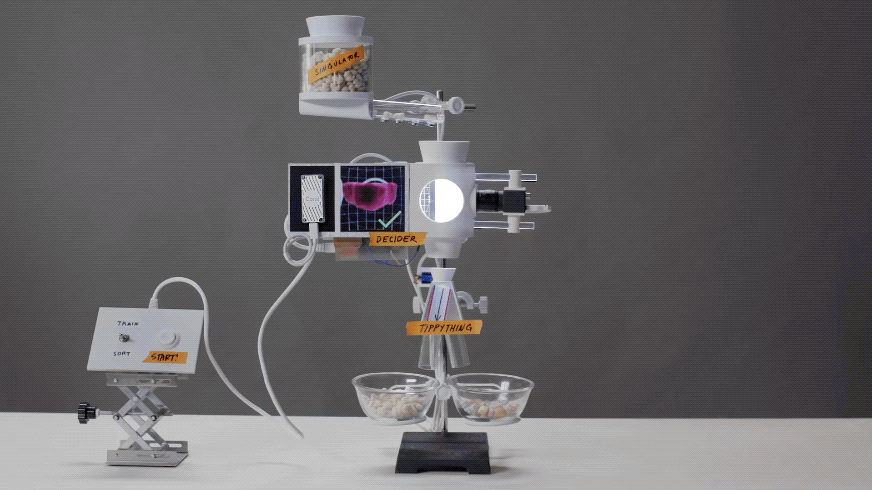Posted by Mingxing Tan, Software Engineer and Adams Yu, Research Scientist, Google Research As one of the core applications in computer vision, object detection has become increasingly important in scenarios that demand high accuracy, but have limited computational resources, such as
robotics and
driverless cars. Unfortunately, many current
high-accuracy detectors do not fit these constraints. More importantly, real-world applications of object detection are run on a variety of platforms, which often demand different resources. A natural question, then, is how to design accurate and efficient object detectors that can also adapt to a wide range of resource constraints?
In “
EfficientDet: Scalable and Efficient Object Detection”, accepted at
CVPR 2020, we introduce a new family of scalable and efficient object detectors. Building upon our previous work on scaling neural networks (
EfficientNet), and incorporating a novel bi-directional feature network (BiFPN) and new scaling rules,
EfficientDet achieves state-of-the-art accuracy while being up to 9x smaller and using significantly less computation compared to prior state-of-the-art detectors. The following figure shows the overall network architecture of our models.
 |
| EfficientDet architecture. EfficientDet uses EfficientNet as the backbone network and a newly proposed BiFPN feature network. |
Model Architecture OptimizationsThe idea behind EfficientDet arose from our effort to find solutions to improve computational efficiency by conducting a systematic study of prior state-of-the-art detection models. In general, object detectors have three main components: a
backbone that extracts features from the given image; a
feature network that takes multiple levels of features from the backbone as input and outputs a list of fused features that represent salient characteristics of the image; and the final
class/box network that uses the fused features to predict the class and location of each object. By examining the design choices for these components, we identified several key optimizations to improve performance and efficiency:
Previous detectors mainly rely on
ResNets,
ResNeXt, or
AmoebaNet as backbone networks, which are all either less powerful or have lower efficiency than EfficientNets. By first implementing an
EfficientNet backbone, it is possible to achieve much better efficiency. For example, starting from a RetinaNet baseline that employs ResNet-50 backbone, our ablation study shows that simply replacing ResNet-50 with EfficientNet-B3 can improve accuracy by 3% while reducing computation by 20%.
Another optimization is to improve the efficiency of the feature networks. While most previous detectors simply employ a top-down feature pyramid network (
FPN), we find top-down FPN is inherently limited by the one-way information flow. Alternative FPNs, such as
PANet, add an additional bottom-up flow at the cost of more computation. Recent efforts to leverage neural architecture search (NAS) discovered the more complex
NAS-FPN architecture. However, while this network structure is effective, it is also irregular and highly optimized for a specific task, which makes it difficult to adapt to other tasks.
To address these issues, we propose a new bi-directional feature network, BiFPN, which incorporates the multi-level feature fusion idea from
FPN/
PANet/
NAS-FPN that enables information to flow in both the top-down and bottom-up directions, while using regular and efficient connections.
 |
| A comparison between our BiFPN and previous feature networks. Our BiFPN allows features (from the low resolution P3 levels to high-resolution P7 levels) to repeatedly flow in both top-down and bottom-up ways. |
To improve the efficiency even more, we propose a new fast normalized fusion technique. Traditional approaches usually treat all features input to the FPN equally, even those with different resolutions. However, we observe that input features at different resolutions often have unequal contributions to the output features. Thus, we add an additional weight for each input feature and allow the network to learn the importance of each. We also replace all regular convolutions with less expensive
depthwise separable convolutions. With these optimizations, our BiFPN further improves the accuracy by 4%, while reducing the computation cost by 50%.
A third optimization involves achieving better accuracy and efficiency trade-offs under different resource constraints. Our
previous work has shown that jointly scaling the depth, width and resolution of a network can significantly improve efficiency for image recognition. Inspired by this idea, we propose a new compound scaling method for object detectors, which jointly scales up the resolution/depth/width. Each network component, i.e., backbone, feature, and box/class prediction network, will have a single compound scaling factor that controls all scaling dimensions using heuristic-based rules. This approach enables one to easily determine how to scale the model by computing the scaling factor for the given target resource constraints.
Combining the new backbone and BiFPN, we first develop a small-size EfficientDet-D0 baseline, and then apply a compound scaling to obtain EfficientDet-D1 to D7. Each consecutive model has a higher compute cost, covering a wide range of resource constraints from 3 billion FLOPs to 300 billion FLOPS, and provides higher accuracy.
Model PerformanceWe evaluate EfficientDet on the
COCO dataset, a widely used benchmark dataset for object detection. EfficientDet-D7 achieves a
mean average precision (mAP) of 52.2, exceeding the prior state-of-the-art model by 1.5 points, while using 4x fewer parameters and 9.4x less computation.
 |
| EfficientDet achieves state-of-the-art 52.2 mAP, up 1.5 points from the prior state of the art (not shown since it is at 3045B FLOPs) on COCO test-dev under the same setting. Under the same accuracy constraint, EfficientDet models are 4x-9x smaller and use 13x-42x less computation than previous detectors. |
We have also compared the parameter size and CPU/GPU latency between EfficientDet and previous models. Under similar accuracy constraints, EfficientDet models are 2x-4x faster on GPU, and 5x-11x faster on CPU than other detectors.
While the EfficientDet models are mainly designed for object detection, we also examine their performance on other tasks, such as
semantic segmentation. To perform segmentation tasks, we slightly modify EfficientDet-D4 by replacing the detection head and loss function with a segmentation head and loss, while keeping the same scaled backbone and BiFPN. We compare this model with prior state-of-the-art segmentation models for
Pascal VOC 2012, a widely used dataset for segmentation benchmark.
 |
| EfficientDet achieves better quality on Pascal VOC 2012 val than DeepLabV3+ with 9.8x less computation, under the same setting without COCO pre-training. |
Open SourceGiven their exceptional performance, we expect EfficientDet could serve as a new foundation of future object detection related research, and potentially make high-accuracy object detection models practically useful for many real-world applications. Therefore, we have open sourced all the code and pretrained model checkpoints on
this github link.
AcknowledgementsThanks to the paper co-authors Ruoming Pang and Quoc V. Le. We thank Daiyi Peng, Golnaz Ghiasi, Tianjian Meng for their help on infrastructure and discussion. We also thank Adam Kraft, Barret Zoph, Ekin D. Cubuk, Hongkun Yu, Jeff Dean, Pengchong Jin, Samy Bengio, Tsung-Yi Lin, Xianzhi Du, Xiaodan Song, and the Google Brain team.


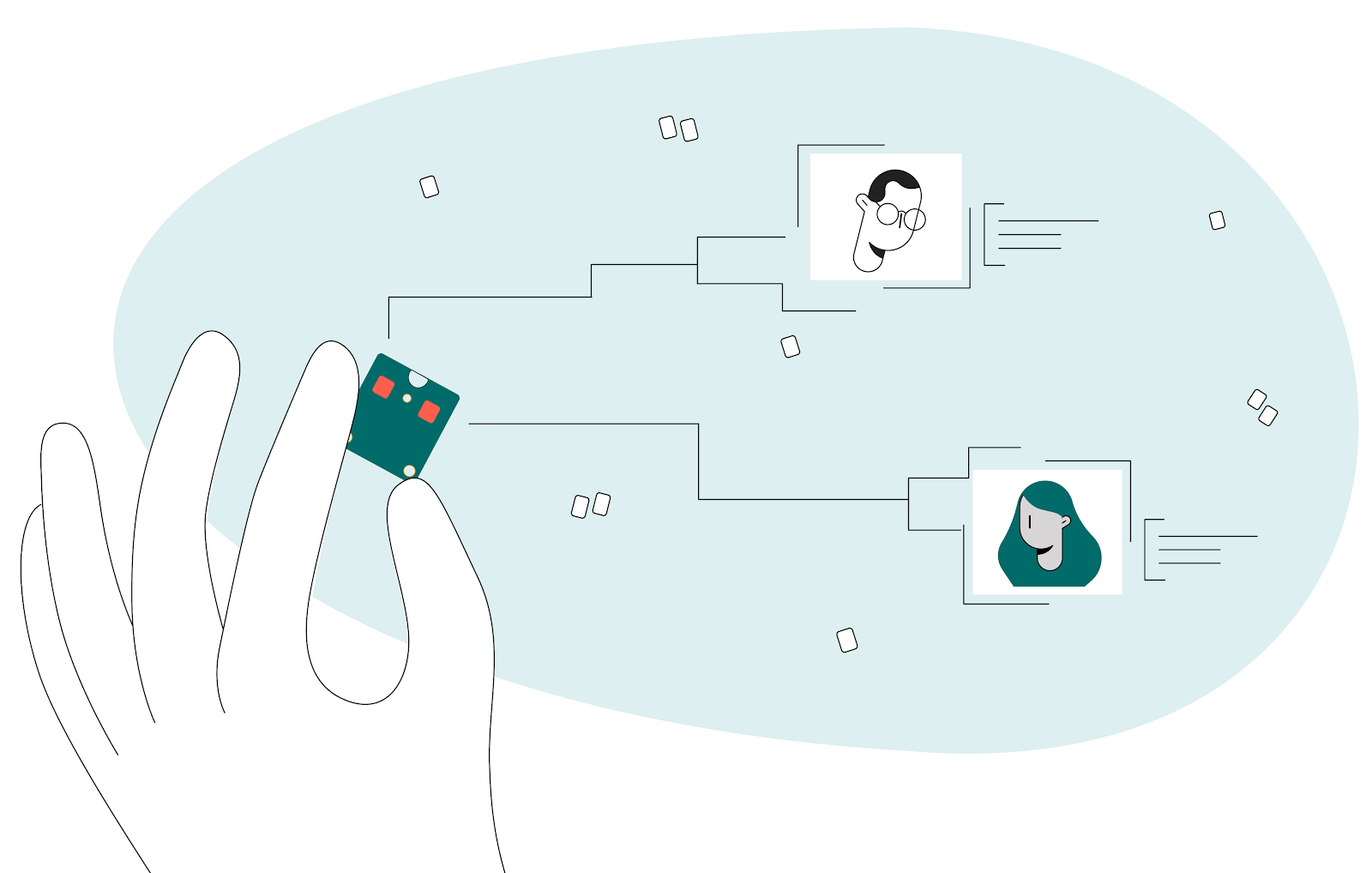
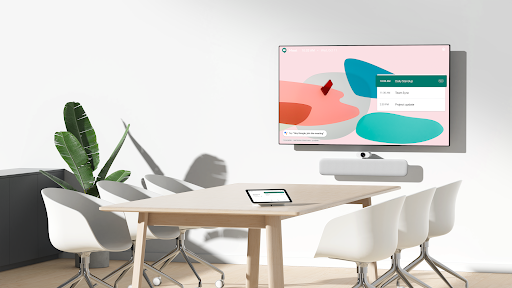
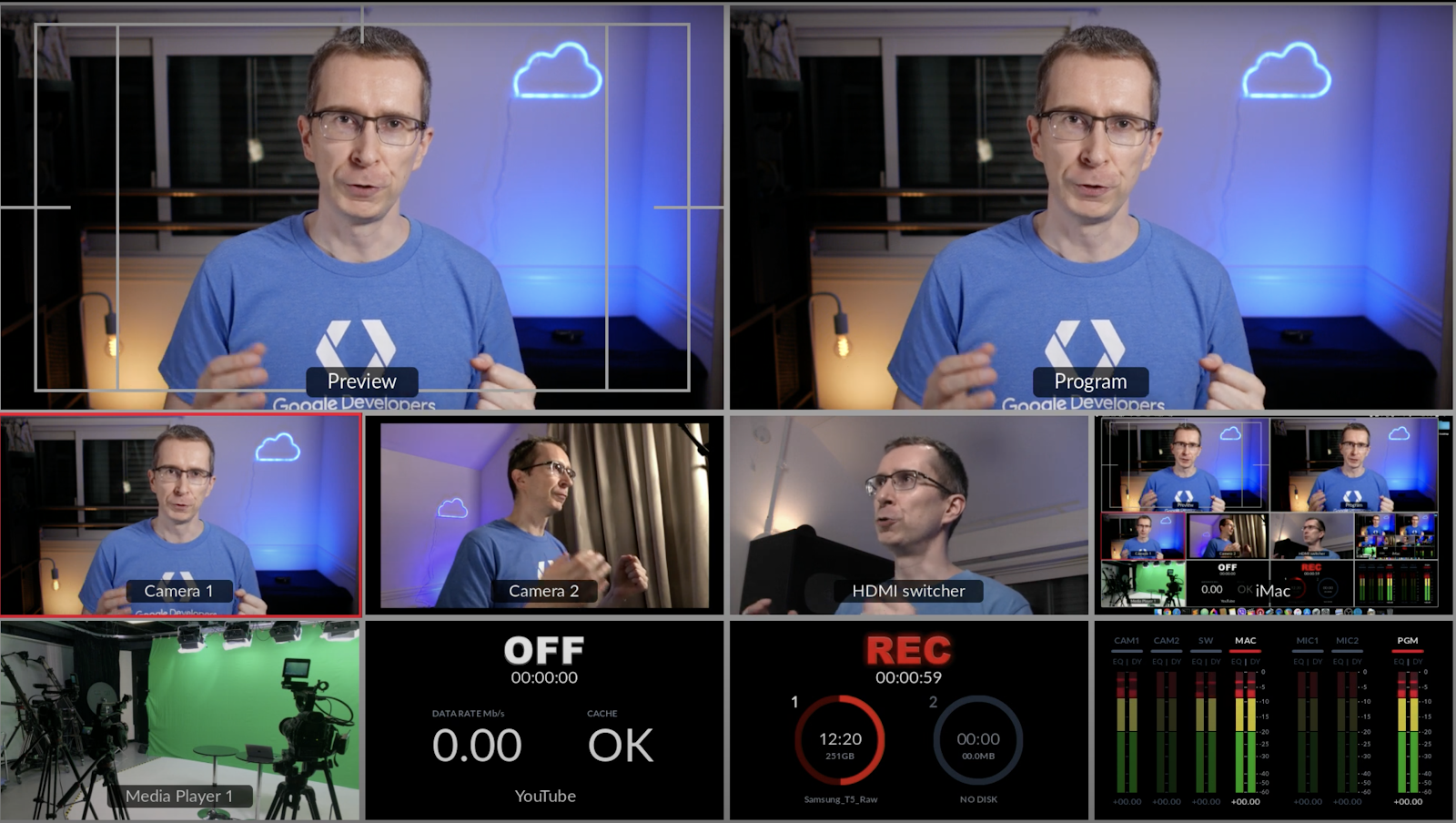





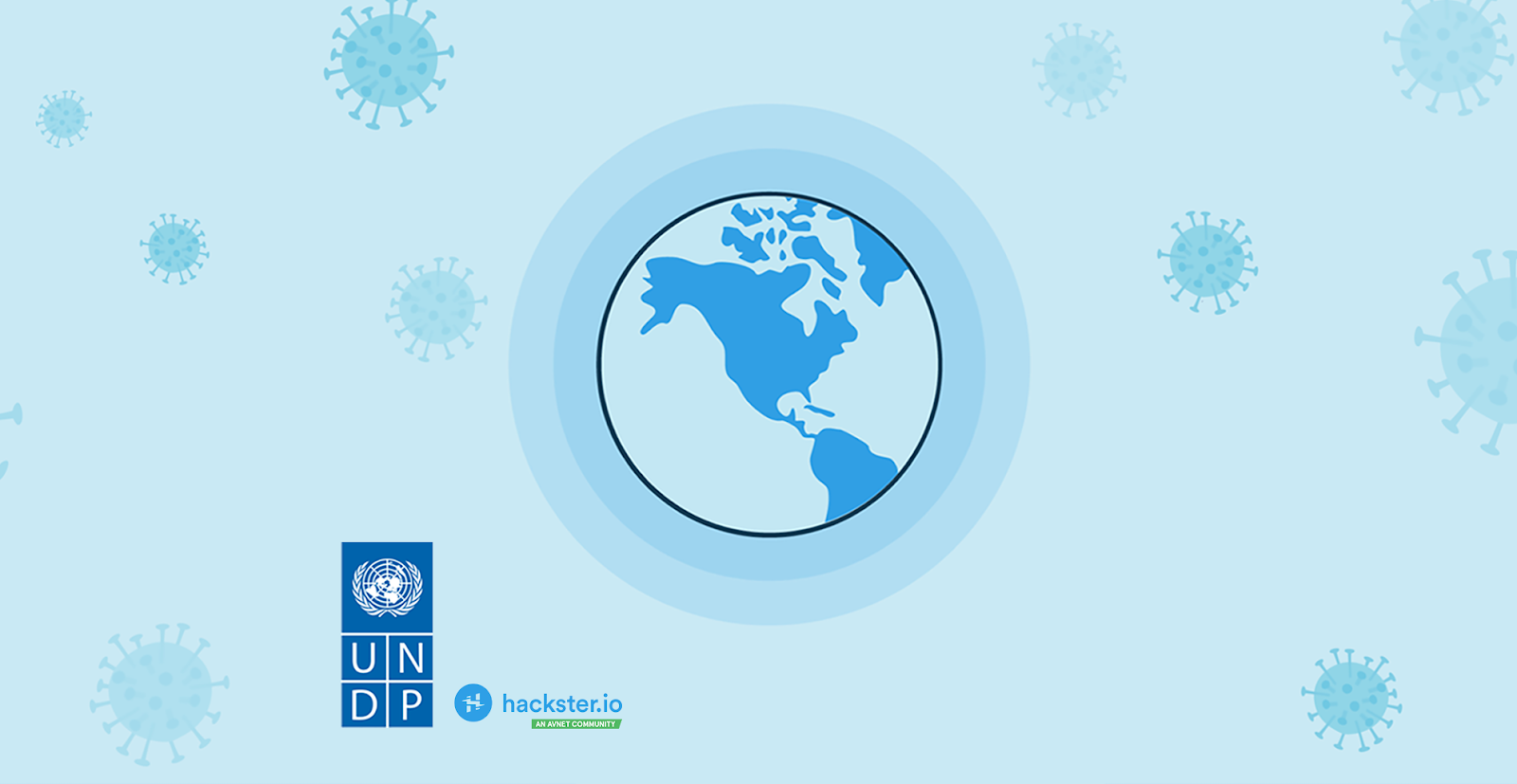





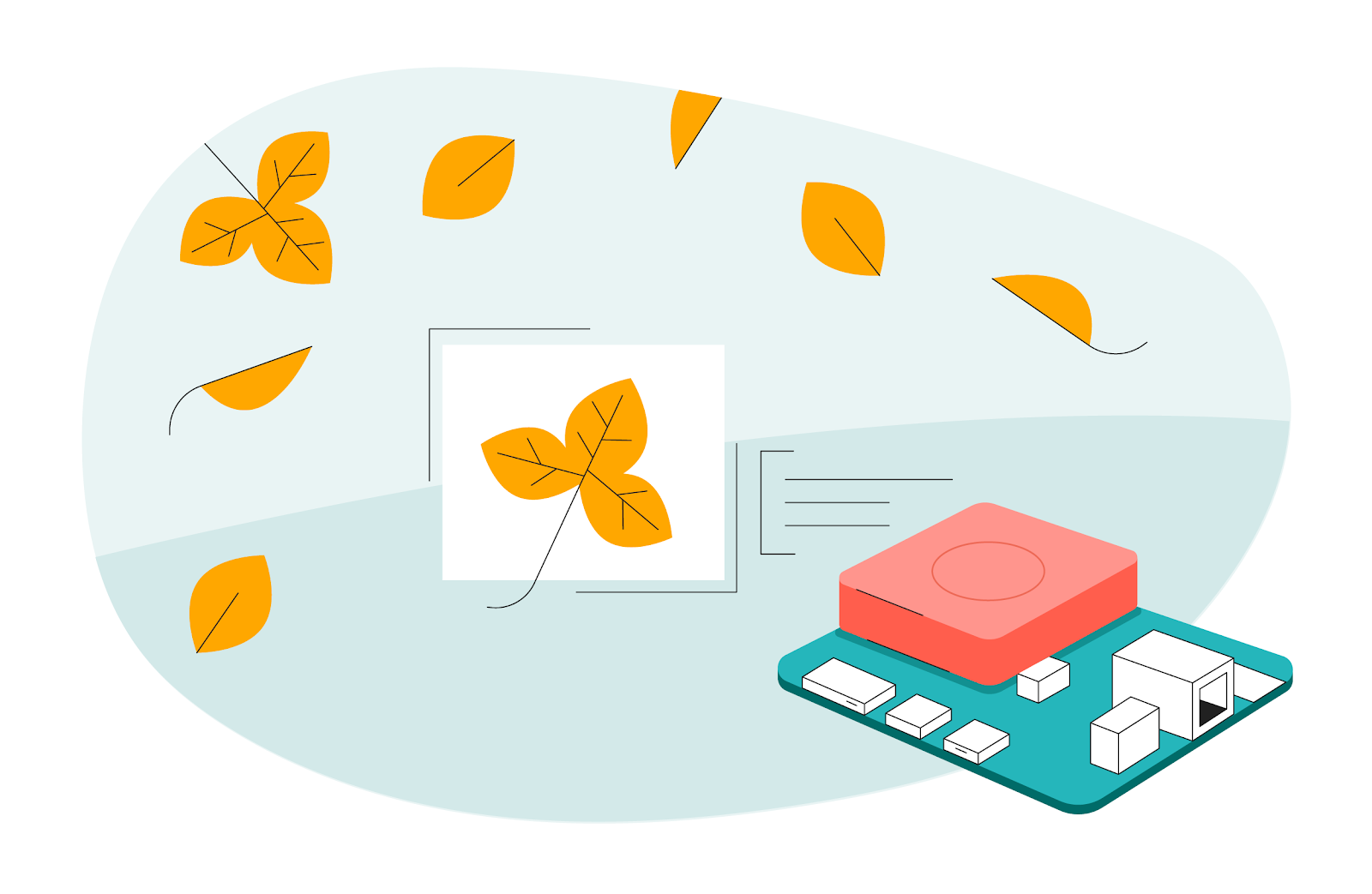 Posted by
Posted by 